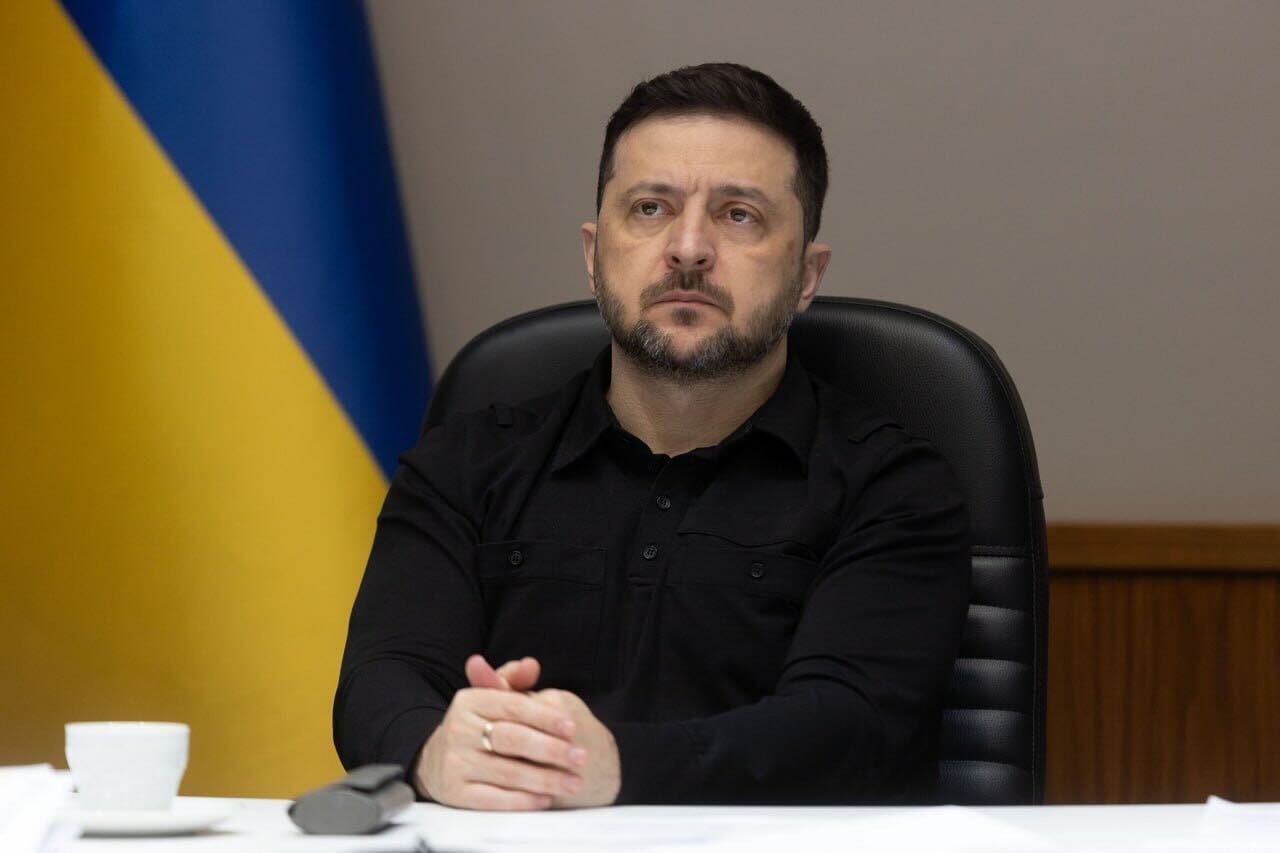Confidence in Government on National Security Matters: What Have We Learned So Far?
Last year, we began a polling project intended to serve as a running gauge of the public’s confidence in a variety of institutions on national security matters. We had observed that traditional public polling had only asked about national security when it appeared as a topic in the public discourse, and thus was of higher salience. But this was biasing. People are more worried about terrorism right after a major attack, for example. What about in times when national security topics are not in the news? How elastic is people’s confidence in institutions on national security matters?
Published by The Lawfare Institute
in Cooperation With

Last year, we began a polling project intended to serve as a running gauge of the public’s confidence in a variety of institutions on national security matters. We had observed that traditional public polling had only asked about national security when it appeared as a topic in the public discourse, and thus was of higher salience. But this was biasing. People are more worried about terrorism right after a major attack, for example. What about in times when national security topics are not in the news? How elastic is people’s confidence in institutions on national security matters?
We asked a variety of questions, phrased in such a way that we could continue to ask them regardless of who occupied a particular office, which party is in control, or what activities are going on. Along the way, we have also asked a few spot questions about items in the news. We recognized that while we could glean a certain amount of insight from the month to month questions, the real value in this project would be over a longer time period. Indeed, the value of this project as a longitudinal study, we believe, will be more useful as it spans multiple administrations and multiple national security incidents.
In the early days, we had to adjust some of our question methodologies, and didn’t ask all questions at regular intervals. But we now have a full year’s worth of data on all major questions. So in this post, rather than simply reporting the data for October, we step back and make some broader observations about what we have seen in the data. What follows is five trends, among the many, which we have observed over the last year. We will also report the October data as an individual result in a separate post.
Average Confidence in Institutions to Protect U.S. National Security Was Stable for the Year, but There Was Movement on the Margins
First, like many polls on President Trump’s favorability, our data show that average confidence in the president’s handling of national security has been remarkably stable. Though our metrics are different, this tracks closely with publicly observed trends that his approval rating has remained constant within a narrow range through most of his presidency. This has been true not just of our data on the president, but of all the institutions we measure. Confidence in the military has been consistently highest, and stable, while confidence in Congress has been consistently lowest, but stable. The trend lines have all been relatively flat.
That said, the overall flatness of the trends masks important shifts. If we burrow down and look at the percentage of people choosing the highest and lowest confidence numbers on key institutions, there has been more movement. The charts below highlight this point on the following questions:
- How much confidence do you have in the Congress to protect U.S. national security?
- How much confidence do you have in the federal courts to protect U.S. national security?
- How much confidence do you have in the president to protect U.S. national security?
- How much confidence do you have in the intelligence community to protect U.S. national security?
- How much confidence do you have in the military to protect U.S. national security?
From October 2017 through September of this year, the share of respondents with high confidence (5 on our scale) increased for all five national security institutions that we track. This movement was not consistent across the five institutions; high confidence in the military increased from 37 to 43 percent for the year, from 13 to 19 percent for the intelligence community, 23 to 28 percent for the president, and by an insignificant one point for the federal courts and Congress.

Correspondingly, the share of respondents with no confidence (1 on our scale) dropped, if only very marginally, for every institution. Here the results are less striking, the slopes very gentle.

Additionally, institutions did not follow the same trajectory over the course of the year. July, in particular, was a recent point of divergence. From June to July, the share of respondents with high confidence in the intelligence community jumped from 15 to 21 percent, 41 to 45 percent for the military, and it inched up from 11 to 13 percent for the courts and 8 to 9 percent for Congress. By contrast, the share of respondents with no confidence in the president increased from 37 to 40 percent. This period coincided with the president’s Helsinki summit with Russian President Vladimir Putin.
There Was a Pronounced Gender Gap on Confidence in the President Throughout the Year
There was a sizable gender gap on confidence in the president on national security over the last year. Women consistently had less confidence in the president on national security, but this divergence becomes even starker when examining those with the strongest opinions. Averaged out for the year, 34 percent of men had no confidence in the president versus 32 percent with high confidence, for a net confidence of minus two points among those with the strongest opinions. But for women, 44 percent had no confidence in the president to just 20 percent with high confidence, for a net confidence of minus 24 points.

More People Had No Confidence in Mueller’s ‘Fairness and Objectivity’ than High Confidence for the Duration of the Last Year
Looking just at average confidence, respondents retained above average confidence in Special Counsel Robert Mueller’s “fairness and objectivity” every month of the last year. But the reaction to Mueller is remarkably polarized, with more than 60 percent of respondents choosing either (5)—high confidence—or (1)—no confidence—in the investigation.
Looking at just those with high and no confidence tells a different story. In every month, more people had no confidence in Mueller than had high confidence. These two poles nearly converged in February 2018, when Mueller indicted 13 Russian nationals and three companies over efforts to undermine the 2016 election. This near-convergence is consistent with another important trend we have previously noted: confidence in Mueller increases in the aftermath of indictments in the Russia investigation. Now that the 2018 election has concluded, and with it—perhaps—the “quiet period” of the Mueller investigation, this trend would suggest that any new actions by Mueller in the weeks and months to come may well bolster the public confidence in him.
More broadly, the polarization over Mueller, which is similar to the polarization in the president’s own confidence numbers, makes the special counsel's top-line confidence number different from, say, that of the federal courts. With the federal courts, barely 30 percent of respondents choose the most extreme confidence figures, either (1) or (5), and fully 33 percent choose the middle figure (3), which reflects some modest degree of confidence. So while the average support for the federal judiciary each month is broadly similar to Mueller’s, if somewhat lower, the support is far less contested and far broader-based. It is also less passionate.

Changes in Confidence in the President Corresponded with Similar Changes in Confidence in Democrats
The president, too, is a polarizing figure—and on national security, when high confidence in the president has gone up or down over the last year, high confidence in the Democratic Party has mirrored these changes. This relationship has been particularly noticeable since March of this year. The correlation coefficient—a measure for explaining the strength of a relationship between two things—between high confidence in the president and the Democrats is .83 (on a 0–1 scale) over this period. This indicates a strong, positive relationship between confidence in Trump and the Democrats; when one goes up or down, the other does too. This may be emblematic of the persistent polarization in the country today. When events produce an increase in confidence in the president, perhaps among those already inclined to support him, those inclined to oppose him rally around the Democrats.

Changes in Confidence in the President and Confidence in the President on Key National Security Challenges Has Been Strongly Correlated
Changes in high confidence in the president on national security have tracked closely with changes in high confidence in the president on Iran, North Korea, and terrorism. Again looking at the correlation coefficient, the strength of the relationship between confidence in the president and these three key issues ranged from .89–.90, which is a very strong positive relationship. As confidence in the president has gone up or down, so too has confidence in the president in these areas, and vice versa. This observation does not determine causation; we cannot conclude whether changes in confidence in the president on national security generally drive changes in confidence in these areas, or vice versa. What is evident is that this relationship has persisted even in periods in which Trump has received praise on one of these three issues (for example, in the spring of 2018 on North Korea), and in periods when events outside of these three issues affected general confidence in the president’s handling of national security (for example, in the summer of 2018 when the Helsinki summit raised questions about both Trump’s loyalty and competence). One hypothesis is that presidential performance in one area affects his most enthusiastic backers’ confidence in his performance in related areas. If he comes back triumphant from Singapore after meeting Kim Jong Un, his most enthusiastic backers may not merely be more enthusiastic in that arena, but may also transfer that enthusiasm to, say, Iran or terrorism.

Conclusion
A common refrain is that this president is leading a historically chaotic administration. But looking at those people with the strongest opinions on the president and other national security institutions shows that high confidence in his leadership has increased across the board over the last year—despite this chaos. One exception is that the share of women with no confidence in the president has persistently remained near the mid-40s over the year. In contrast to the uptick in high confidence in the president over the year, the share of people with no confidence in Mueller’s “fairness and objectivity” has remained higher than those with high confidence over this same period. Finally, correlation analyses show that there is a strong relationship between confidence in the president and the Democratic Party on national security, andthat confidence in the president is closely tied to perceptions of how he is handling the key issues of Iran, North Korea and terrorism. Now in the aftermath of a “blue wave” midterm election, it is striking that the president’s standing on national security remains relatively intact despite the repudiation delivered at the ballot box this November.
Methodology
Throughout this project we have used Google Surveys, which is supporting this project with a large in-kind donation of access to its survey platform, to ask a variety of questions related to national security. Respondents are internet users age 18 and older who answer “surveywall” questions on websites that use Google Opinion Rewards for Publishers to access content. Surveys appear on a network of more than 1,500 sites, including USA Today and the Financial Times. For more information on Google Surveys’ methodology, including questions regarding sampling bias and inferred demographics, please see Google’s white paper on the topic. Benjamin Wittes and Emma Kohse also discussed criticisms and advantages of the Google Surveys methodology at some length in this paper.






-(1).jpg?sfvrsn=b91ff6a6_7)

.jpg?sfvrsn=ca10a5c_7)
